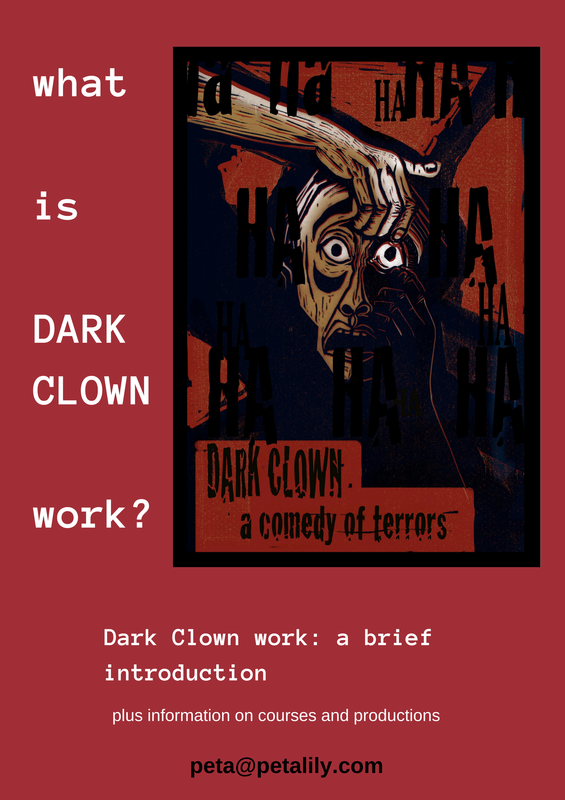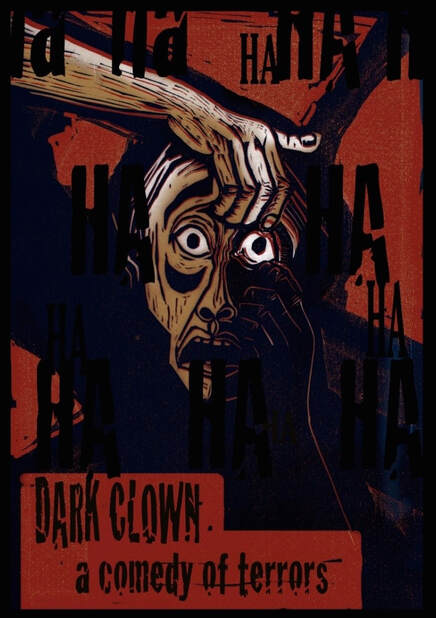 This poster was made for me by Charlotte Biszewski. It was based on a photo of a course participant doing Body Horror - the body part he chose was his eye.
This poster was made for me by Charlotte Biszewski. It was based on a photo of a course participant doing Body Horror - the body part he chose was his eye. If you know me, you know the old story about how, watching a particular scene in a play circa 1980, I was compelled by the particular quality of laughter I experienced.
I was compelled and wanted to recreate this experience of what I now call Troubled Laughter. I was already teaching Clown – and towards the end of the course I’d ask the participants whether they were interested to try an experiment and thankfully, they always said yes.
Early Exercises
And I’d try out various improvisations. Early provocations included: ‘do something extreme’ or ‘can you eat your own body?’ and ‘can you despair each time we laugh?’. One of the more successful exercises was ‘my body is full of holes’: a solo player explores the idea that they are horrified by owning a mouth, and nose holes – Where do those holes go? Why are they there? Am I hollow? What is this? Why?
Over many years and workshops a step-by-step process is now in place. People’s bodies and minds are prepared for the work.
The links to Red Nose Clown* are made overt and the differences articulated. You’ll see, for example, in the description below the principles of repetition, clocking, calibration and accumulation.
We love to see the Clown think and feel. Clear body and eye movements indicate thinking and feeling processes. And breath of course. When you are devising Clown work and building a scene you create beats to tell the story.
There are a growing number of Dark Clown exercises and a growing number of Dark Clown Scenarios.
One of these is Body Horror.
N.B. Please note that the course is designed to lead up to the Scenarios. People's well-being is attended to along the way. There is an introductory talk on the aims and ethics of the work (perhaps one day I'll post that), so people are aware of where the work is leading. I have spent 30 years creating, devising and designing a teaching methodology for my Dark Clown work. As with many Dark Clown I describe the exercise so people can opt out if needed (no one has elected to opt out of this exercise - most people find it energising and fun to explore). Course participants in the audience have reported feeling the pain and pity, while still laughing heartily. Dark Clown represents Humanity in Extremis, so it can be witnessed. I always emphasise that the aim of the work is NOT to laugh at suffering, but to create laughter in a dark context. To implicate the audience with direct gaze (and other awarenesses and techniques). The aim of the work is to give the audience the experience of Troubled Laughter. The work is layered and needs to be done well to get the result. It's a rewarding, cathartic challenge and really boosts your awareness of the performer/audience relationship.
It starts with players standing in the space. Players are invited to choose a body part. Use your intuition (Why did I choose my elbow?) – just go with it.
Everyone tries in plenary.
Here are some suggested beats. Mapping beats is strategic. Well-plotted beats mean the play (the ‘game’)can go on for longer and the build and journey you talk the audience on are fully satisfying.
Start with sensing something is wrong. A feeling of dread and dawning horror. You must find the source of the unease.
You locate it! Maybe the aversion only lets you glimpse it.
You want to look but are afraid.
Repeated attempts to see it.
You manage to look (body part permitting!) and are horrified.
You are repelled, lean or spiral away, maybe close eyes …
but you are compelled to see.
Is it still there? Exactly how horrific is it!
Does it make you gag?
Do you touch with other hand? And now do you have the problem that that hand is infected? (Wipe the hand and now there are 3 spots of aversion! Ergh … ergh! ERRRGH!)
Try to run away from it.
Try to shake it off.
Then two or three people can be chosen so the audience can learn by watching. Then one is selected to play further.
Once the body horror is established … the player becomes aware of the audience.
Take time to look and have all the unspoken questions – What is that? People on chairs? How did that happen? Why? Who are they? How long have they been there?
The shame of being seen (this can be vocalised).
Then - why are they not alarmed? Why are they not helping me?
Look / show / calibrate understanding …
What kind of world is this?
Whether they have blank faces or are laughing – either way the player takes I to mean that they don’t understand.
So show them. Show them more clearly.
Then beg: help me help me
Really look to see if audience are about to help.
Allow their inaction to affect you and add to your plight.
Why won’t you help me?
… then you can go the further step of begging them to chop it off.
Repeat the beat of horror and frustration that they do not do as you ask.
Sob in despair.
Look up and appeal to ‘God or the godless heavens’.
There’s more but that’s enough for this blog post!
* There are many kinds of clown but I use Red Nose Clown as a handy way to distinguish from Dark Clown (regardless of whether the little red nose mask is actually used).
The image below shows the power of costume. This is a creation of a then student designer in 2016. A woman wanting cosmetic surgery looks almost flayed.
Costume, Movement and Comedy workshop on Aristophanes' The Women of the Thesmaphoria, MA Costume Design for Performance at UAL:LCF.
Performer: Ramona Metcalfe
Concept and realisation by: Georgia Clark
Movement director: Peta Lily
Project leadership and photography by Donatella Barbieri for UAL: LCF
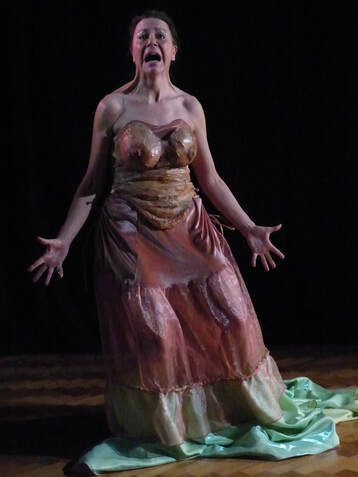
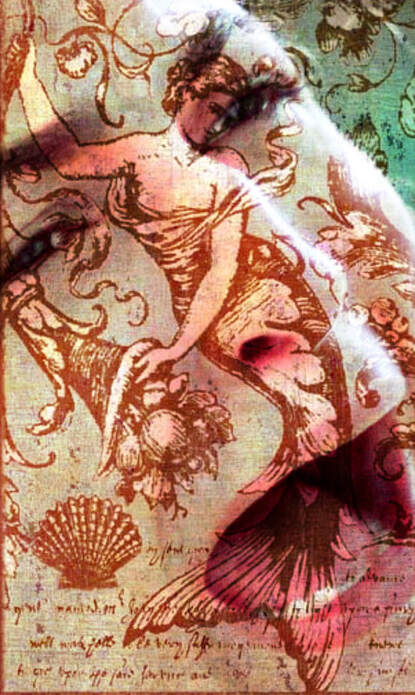

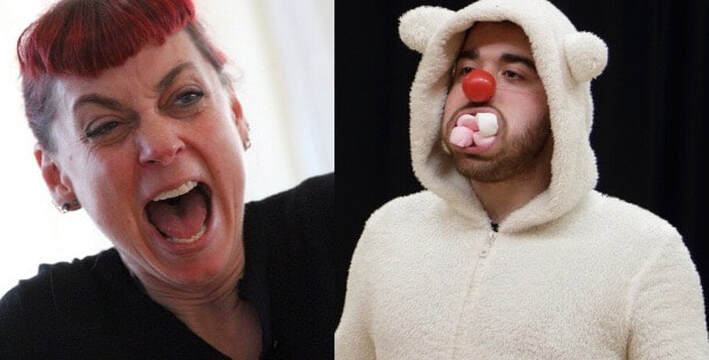
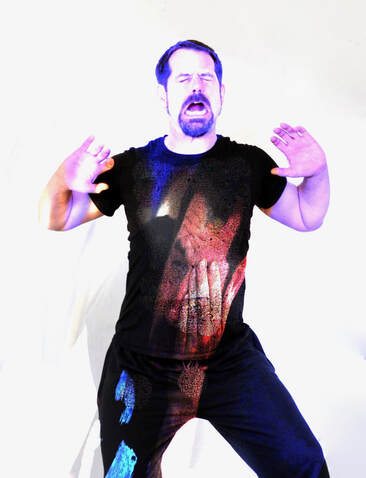
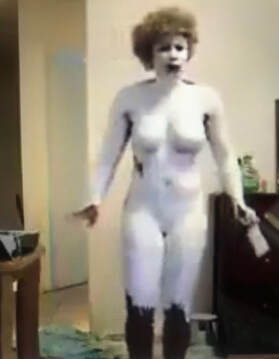
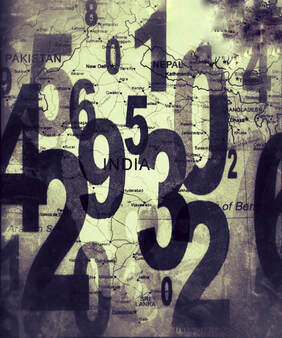
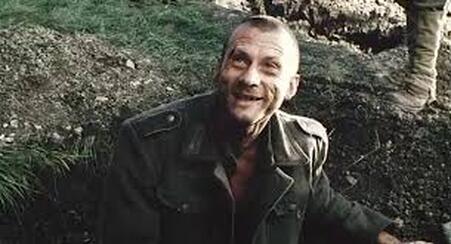
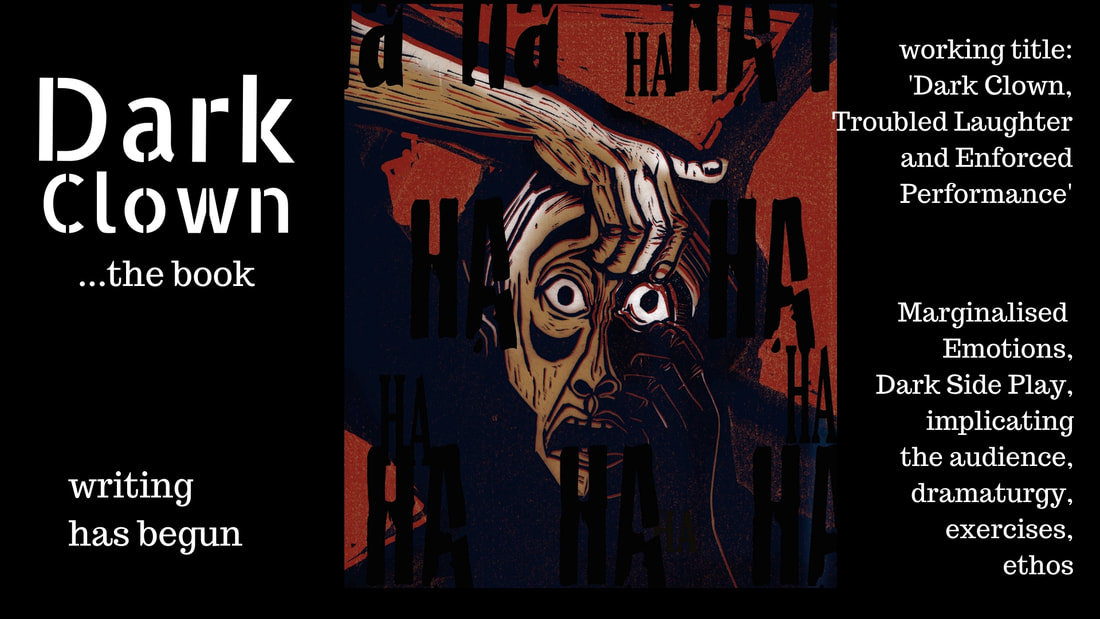
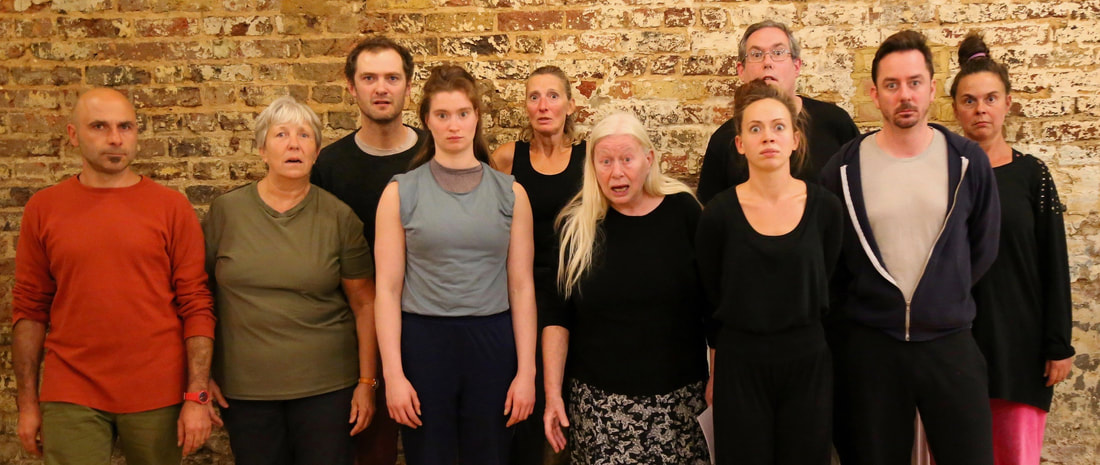
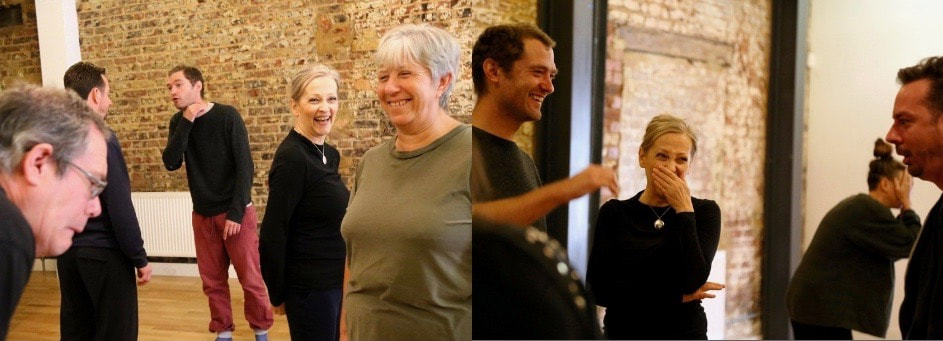
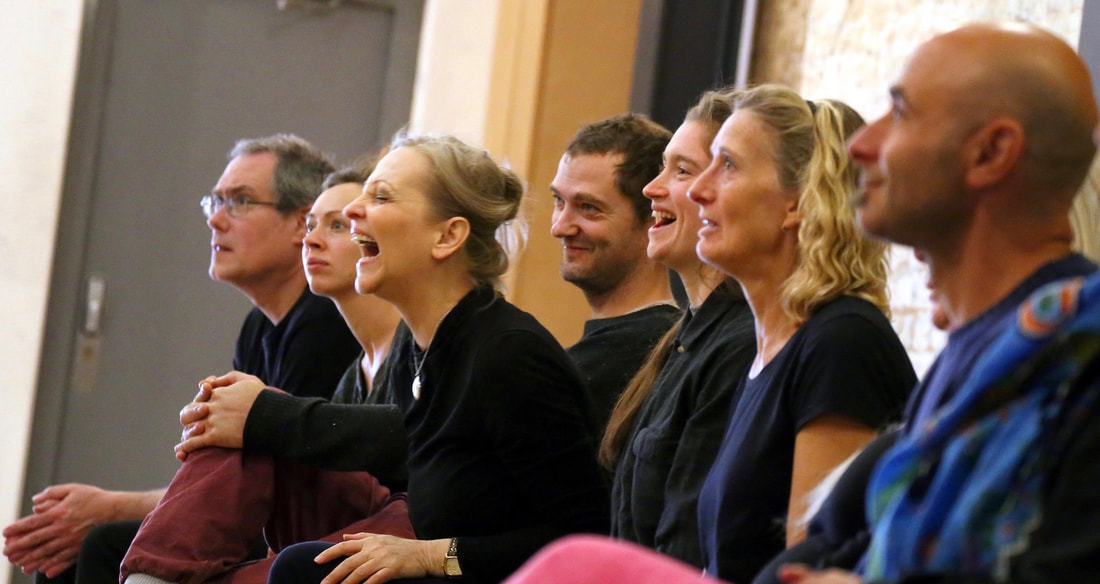

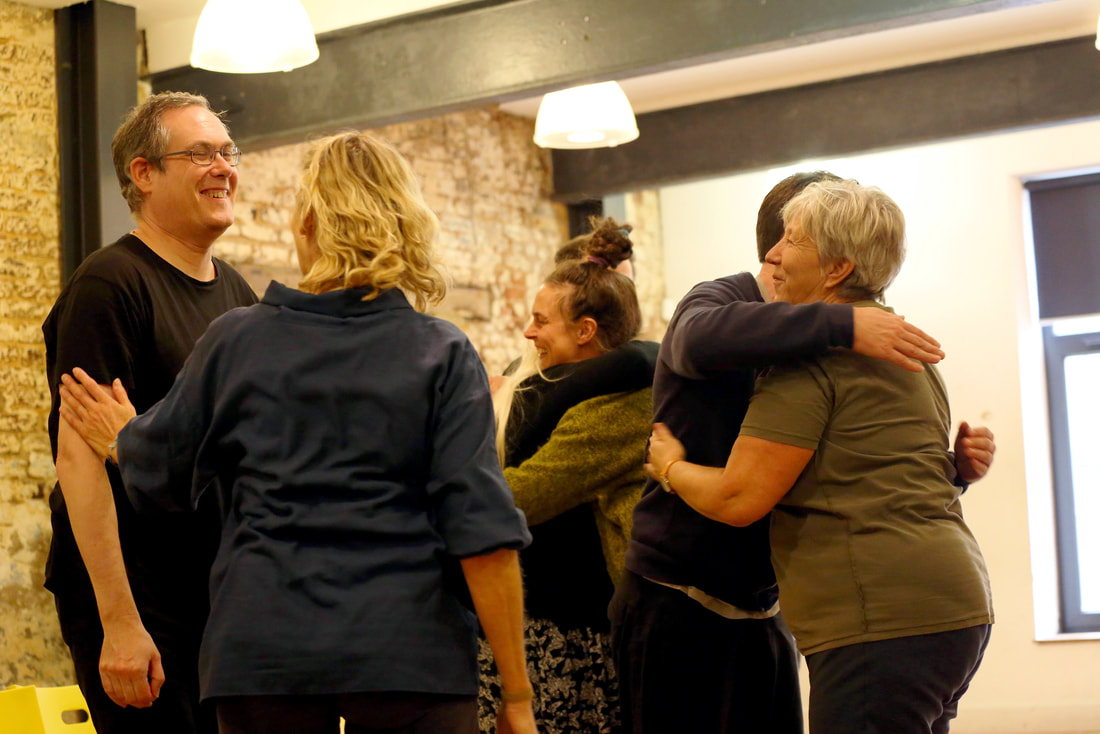
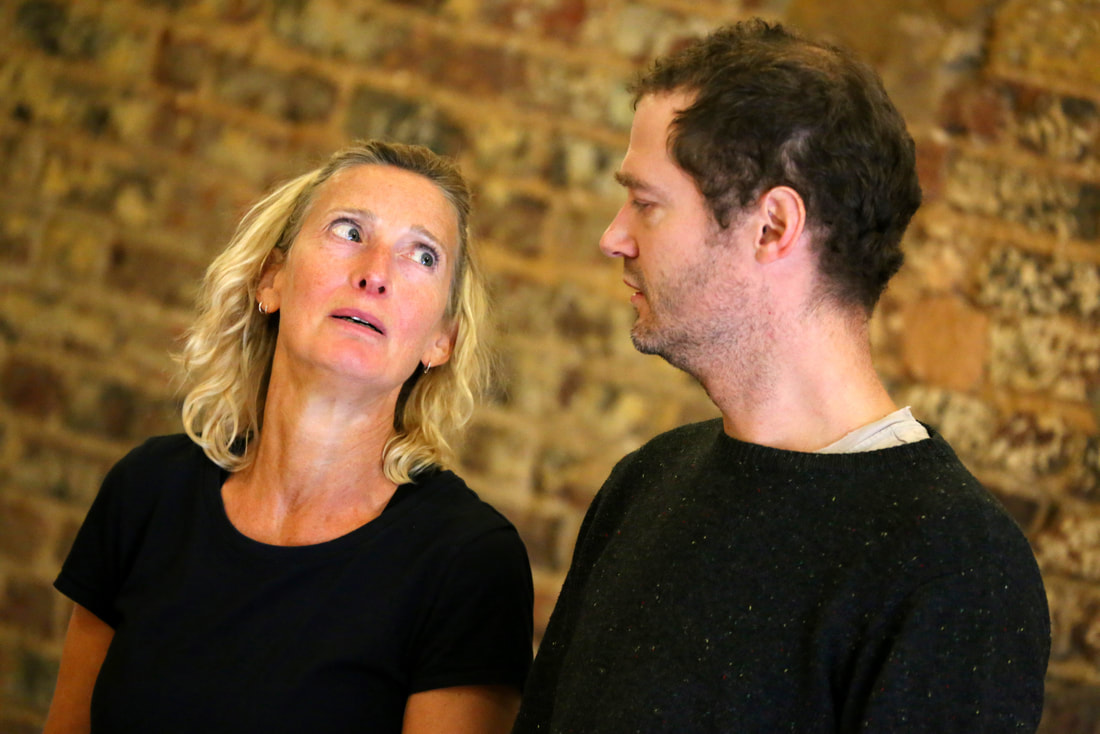
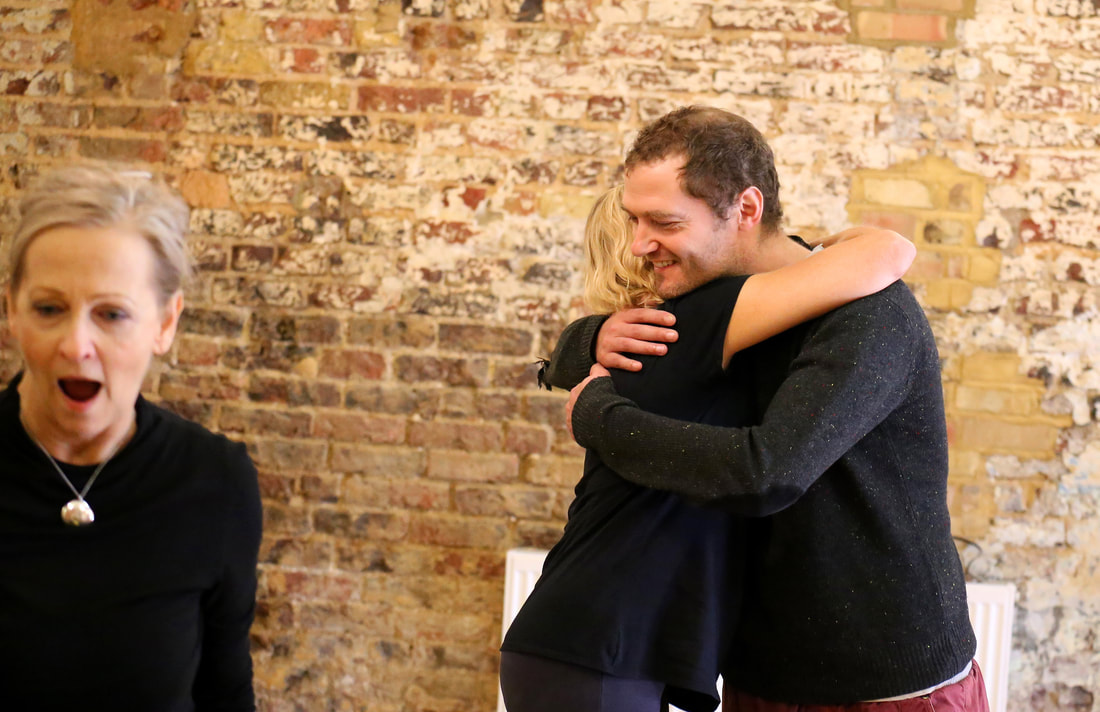
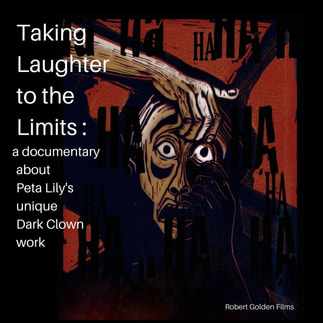
 RSS Feed
RSS Feed
